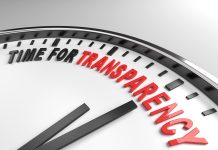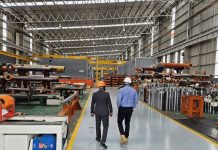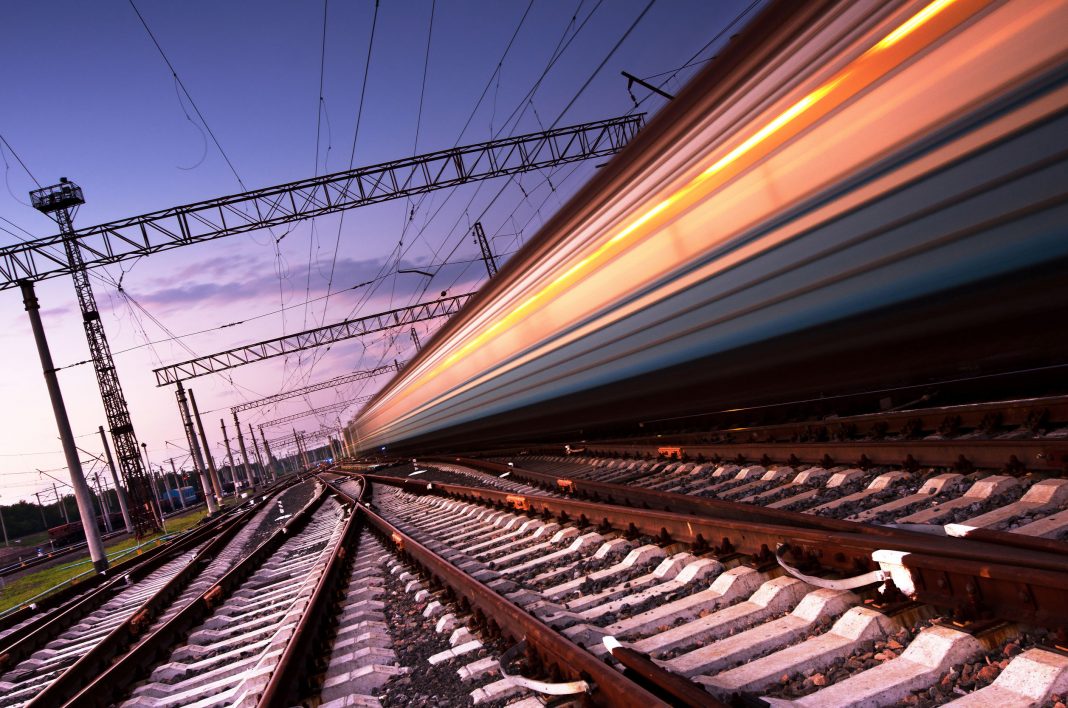For an economy to thrive, goods must be transported easily and cheaply in and out of a country. Just as veins and arteries carry blood and oxygen around your body to keep it alive, road and rail infrastructure carry goods around a country, keeping the economy pumping.
However, in most African countries, transportation of goods is harder and more expensive than it should be, and this is primarily because these arteries – roads and railways – are blocked, broken, or non-existent.
Transportation costs are higher for landlocked countries, who also have lower trade volumes than their sea-facing counterparts. Border delays also add US$20 per tonne to the costs of exports, further hurting landlocked countries. Landlocked Zambia has to deal with these challenges, and while overall African countries suffer from poor infrastructure, Zambia is worse off even than some of its neighbours.
Companies are not opposed to using rail over road, if the infrastructure is of a high standard and can handle the cargo.
Transport costs are high for Zambia’s businesses, particularly its exporters. For example, it’s cheaper for South African companies to import goods from South America rather than Zambia – an extraordinary situation, when you compare the respective distances. Improving our transport infrastructure is therefore essential, if we are to achieve the sustained economic growth, that will help us combat poverty and improve the lives of our citizens.
Rail or roads?
In Africa the road is king. About 90% of all freight moved on the continent is moved by road, and it is even higher in Zambia, at 95%.
Rail has not always been so unpopular. The amount of freight carried on the iconic TAZARA Railways is now only 15% of what it was at its peak in the early 1990s. Freight leaving the port of Dar-es-Salaam in Tanzania has seen a similar decline. Twenty-five years ago, about 60% of freight leaving that port did so on railways – now this is below 1%. Lack of rail maintenance and improved roads is the likely reason for the transition.
In principle, rail has certain advantages over roads. For a start, an efficient, well maintained rail service can carry much higher volumes of traffic at lower overall cost, and is also far more energy efficient than road transport. While roads may offer more flexibility, increased congestion from trucks can lead to more road accidents and road damage. Rail is also preferable to transport goods over long distances – as Zambia must do when sending exports to the continent’s major ports.
The Zambian business sector agrees that rail has benefits over roads, but the infrastructure must be in place first.
Peter Lazarus, sales head at Dangote Industries, says the company can transport 60% of its goods by rail, “If the infrastructure and the dynamics of the current rail line can be looked at.”
Nathan Chishimba, president of the Zambian Chamber of Mines agrees. He says: “Every single mining company would use rail if it made business sense to do so”. In his view, far more thought needs to be given to why companies are not presently using rail, and then addressing the shortcomings.
Ask Zambian mining companies what they would like to see, and the answer is simple: “An efficient, reliable, low-cost railway line from production facility to client facility or port of loading,” states Chris Willott, Superintendent-Logistics at First Quantum Minerals’s Kalumbila.
Companies are clearly willing to use rail, but what is the current state of Zambia’s rail infrastructure?

Is Zambian rail infrastructure up to scratch?
After 30 years of decline, in 2012, some US$120 million of a US$750 million Eurobond was earmarked for upgrading of rail infrastructure, which included securing rolling stock. But despite this, Zambia’s rail network is still in poor condition.
As recently as January 2018 transport minister, Brian Mushima, acknowledged this frankly, saying “The tracks were not properly maintained, locomotives were not properly maintained, derailments were the order of the day.” Because of the decline in infrastructure Mushima said that on some sections of track locomotives could only travel at 15 km per hour, with theft from goods trains also an issue.
Nevertheless, the government recently decreed, through a Statutory Instrument (SI), that movers of “heavy cargo” (including copper concentrate) must transport at least 30% of their goods by rail. Can the Zambian rail network handle a sudden six-fold increase in the amount of cargo it transports? This remains to be seen.
Partnerships are key
The SI appears to be an example of putting the cart before the horse, because for rail to be viable, in a manner that supports the flow of goods, the infrastructure must be of good quality, well maintained, and be capable of transporting goods quickly, safely and efficiently.
The reality is that a target of moving 30% of cargo by rail will not be achieved overnight – there are no railheads at all in North-Western province for example – and a spirit of partnership is necessary for the use of rail to be successful. That said, mining companies are willing to help, as they can see the benefits of rail.
Chris Vermeulen, Mopani Copper Mines CEO, is positive: “It can be a win-win for everybody, as long as we work together, address the industry’s concerns, and accept that the 30% target will not be immediate, but something to work towards,” a sentiment echoed by Mopani commercial manager, Toby Spittle. There are security and commercial concerns, but he tells M4Z: “By working together it is possible to overcome these challenges.”
Coercing companies into using rail when the underlying infrastructure does not exist is a poor idea. However, a real partnership between the government and companies could see a greatly increased use of rail by Zambia’s exporters, with benefits for all. The private sector and the government do have a common interest in making this work.
Mining for Zambia will, in our next article on the issue of transport infrastructure, go down to ground level to assess some of the challenges, and see how they might be addressed, in the search for world-class infrastructure.
See also: Enlisting the help of the private sector























